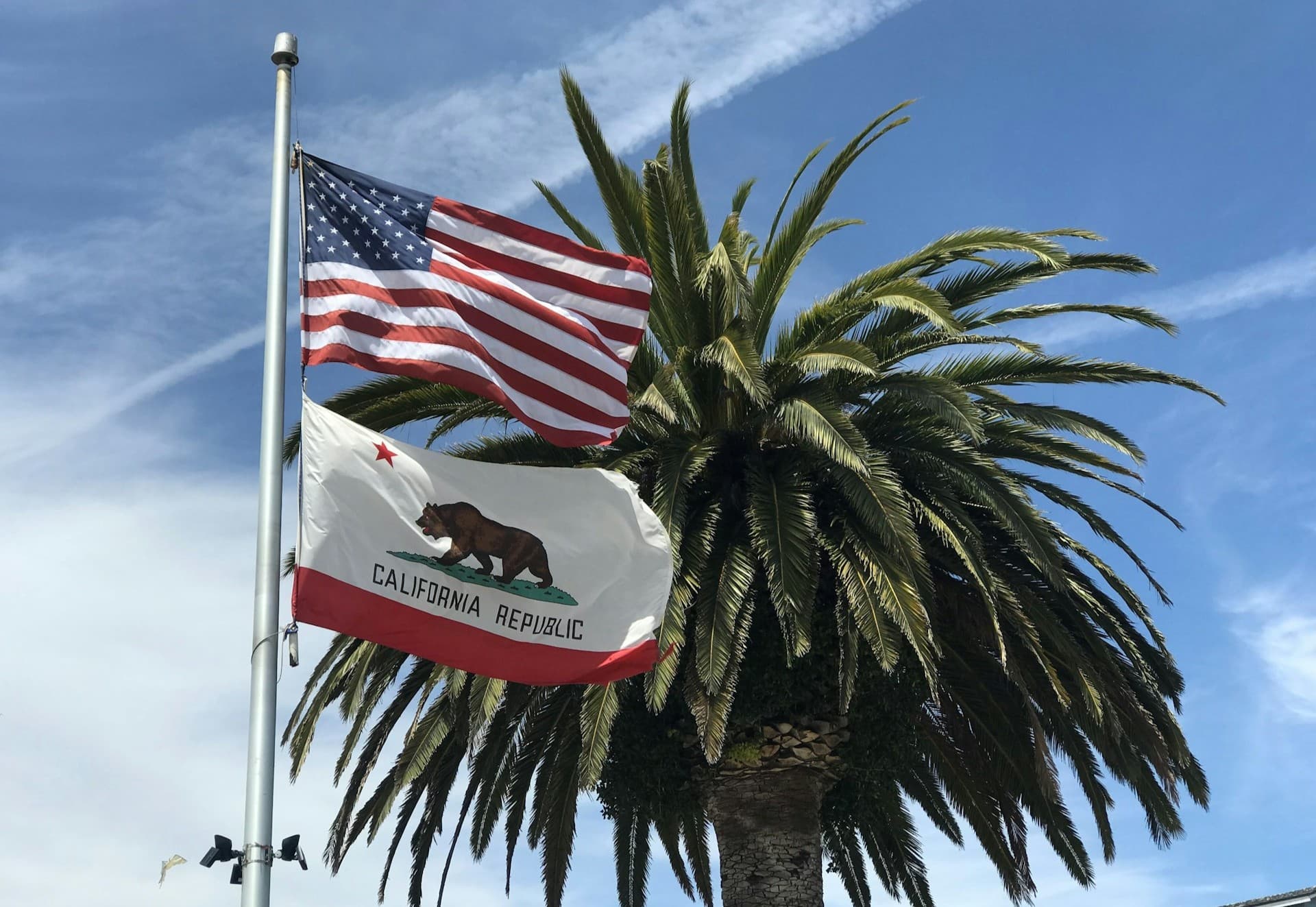Top-Two Primaries, Third Parties, and the Rights of Individual Voters
Published: 22 Oct, 2015
4 min read
California’s revolutionary top-two nonpartisan system, adopted as Proposition 14 in 2010, is not revolutionary at all. In fact, it’s almost the exact system we have had in San Diego for a long, long time—except for two critical differences here:
- If a candidate gets more than 50 percent in the primary, we don’t even hold a general election. In other words, if a majority of voters who come out to the polls in the June primary agree on any one candidate, the general election voters don’t even matter.
- We don’t include the candidate’s party preference next to their name—so uninformed voters don’t know which party a candidate prefers.
Editor's note: This article originally published on the San Diego City Beat on October 21, 2015, and has been modified slightly for publication on IVN.
You Might Also Like
Why Mathematicians Love Ranked Choice Voting
The Institute for Mathematics and Democracy (IMD) has released what may be the most comprehensive empirical study of ranked choice voting ever conducted. The 66-page report analyzes nearly 4,000 real-world ranked ballot elections, including some 2,000 political elections, and more than 60 million simulated ones to test how different voting methods perform....
11 Dec, 2025
-
4 min read
Quirk Silva’s Exit Sparks a High-Profile Orange County Clash, Where Independent Voters Control the Math
California’s 67th Assembly District stretches across parts of Orange and Los Angeles counties, connecting some of the region’s most dynamic and diverse suburban communities. It includes the entire cities of Cerritos, La Palma, Hawaiian Gardens, Artesia, Buena Park, and Cypress, as well as portions of Fullerton and Anaheim....
18 Dec, 2025
-
6 min read
Trump Signs Order to Reclassify Cannabis to Schedule III
WASHINGTON — President Donald Trump announced Thursday that his administration will officially move cannabis from Schedule I to Schedule III under the Controlled Substances Act, a decision that marks the most significant change to U.S. drug policy since the early 1970s....
18 Dec, 2025
-
2 min read


